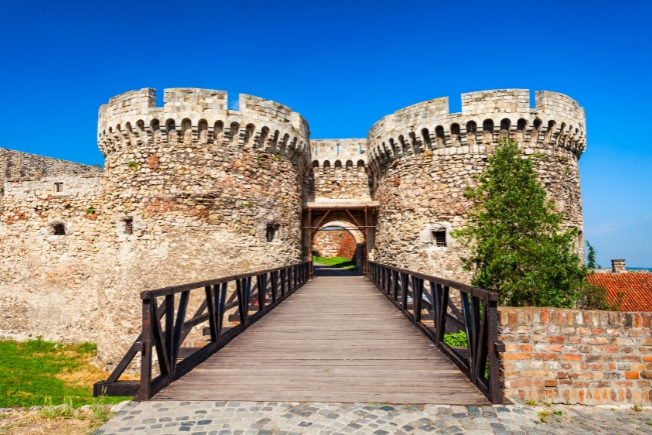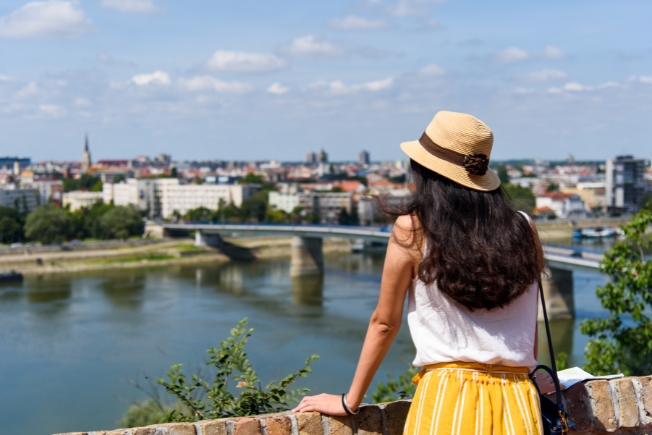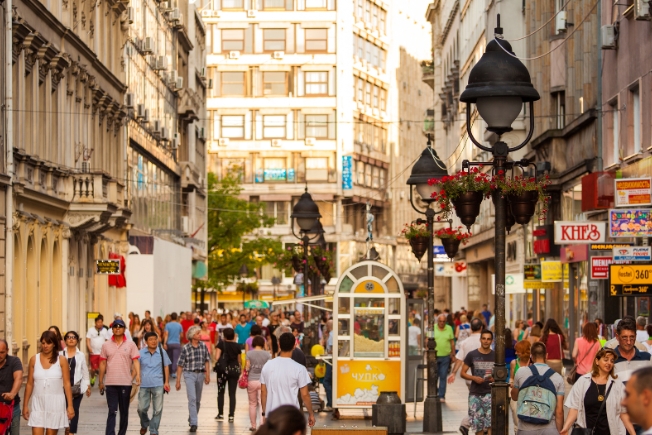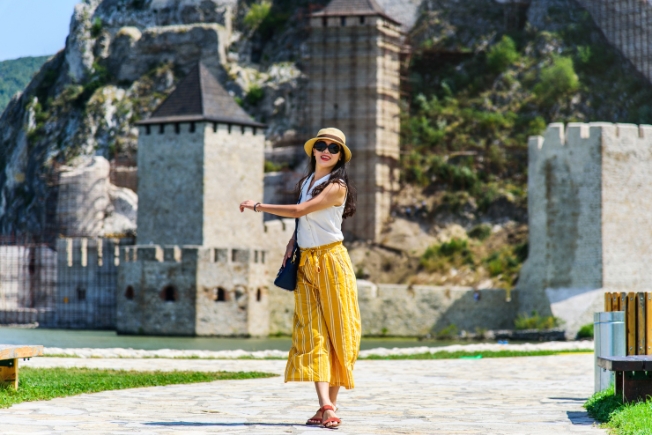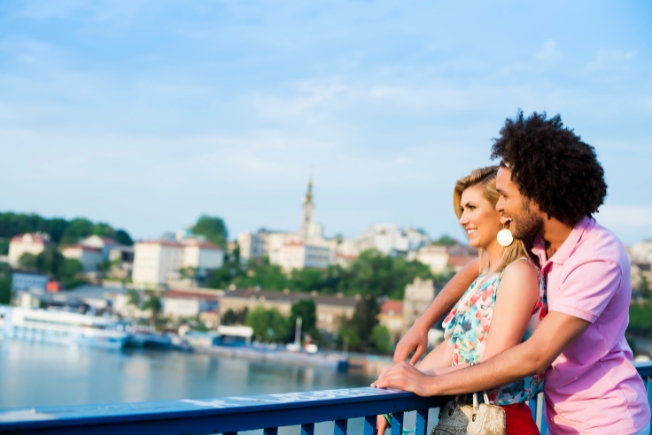If you are a traveller seeking an adventure away from the typical destinations, try this hidden gem in the heart of the Balkans. Serbia offers the ideal mix of heritage, fun activities and natural beauty, from the lively streets of Belgrade to the serene landscapes of Tara National Park.
If you are an Emirati or UAE resident wanting a memorable vacation, we offer various Serbia tour packages from Dubai. So read this guide before jetting off to understand the travel requirements, ideal times to visit, food, accommodation, and much more.
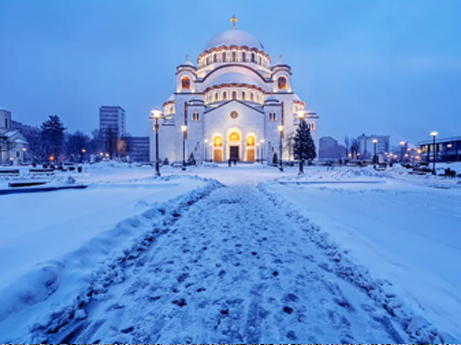

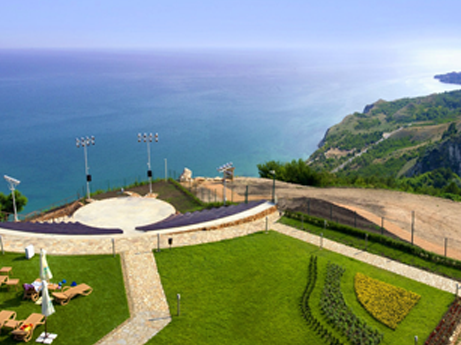

As an Emirati citizen you can visit to Serbia from Dubai visa-free for up to 90 days within a 180-day period. So if you don't want the hassle of getting a visa, this is the perfect vacation spot. This also applies for Dubai residents, provided they hold a valid UAE residency and travel documents.
Although this is the case for many expatriates residing in Dubai, it is important to check if your nationality requires a visa prior to traveling, as rules can differ. As a traveller, always remember to make sure your passport is valid for at least 6 months from the date of your arrival at your destination. It is also wise to carry proof of accommodation, return tickets, and financial means for the visit.
There is no ideal time when it comes to vacationing in Serbia from Dubai as it greatly depends on what you want to experience. Overall the spring (April to June) and autumn (September to October) offer mild weather, fewer tourists, and beautiful natural scenery. If you love sightseeing and hiking these are the best seasons to go.
Summer (July to August) is great for festivals and nightlife, especially in Belgrade and Novi Sad, though it can get quite warm. If you are a snow lover looking for a winter wonderland experience, December to February is ideal for staying at Serbia’s ski resorts or enjoying a more festive and relaxed atmosphere.
Just like the seasons, the place you would like to stay also depends on what you want to get out of your time during Serbia travel from Dubai. If you are a first-timer, the capital Belgrade is a top choice as it has a range of accommodation options from luxury hotels to charming boutique stays. For those who want to indulge in opulence, 5 star hotels like Hyatt Regency and Prezident Palace, will make you feel like heaven on Earth.
If you want a more relaxed vibe or want to attend the EXIT Festival, there are many stays in Novi Sad such as the Leopold l and Pupin hotels. On the other hand, if you are a nature enthusiast who wants to be away from urban life, try staying in the mountainous regions like Zlatibor or Tara that offer scenic retreats like the Grand & Sky Hotel Tornik.
This country, compared to Western Europe, is extremely affordable, so even high-end accommodations are budget-friendly in comparison.
One reason that makes Serbia an affordable destination is the reliable and budget-friendly transport system. There is no problem getting around as buses connect most towns and cities combined with the availability of taxis and ride-hailing apps, especially in major cities. Trains are a must-try mode of transportation purely for their scenic routes. Alternatively try renting a car if you like to explore the countryside or smaller villages at your own pace.




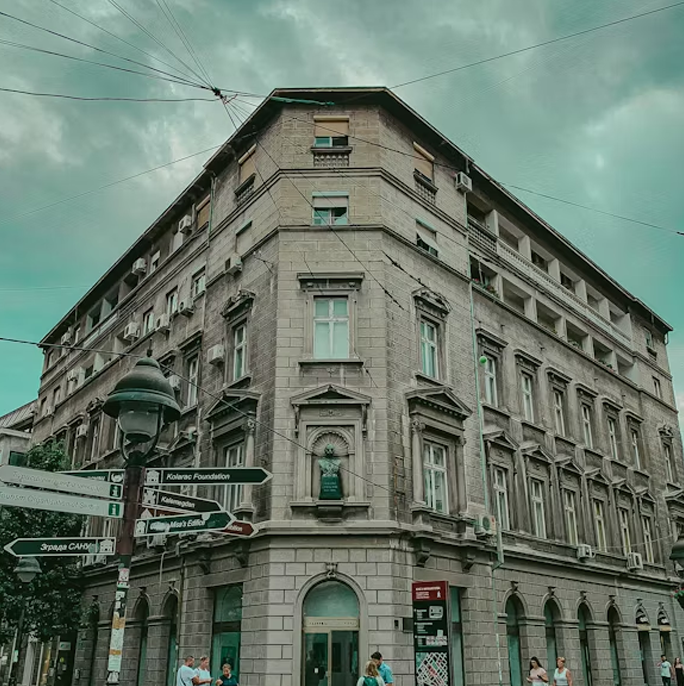
If you truly want to see the culture and urban life in any country, city tours are a must. Belgrade and Novi Sad are Serbia’s most dynamic cities, each with a unique energy and experiences. Belgrade is the capital known for its eclectic architecture, and buzzing nightlife. Some places you cannot miss are the Kalemegdan Fortress, the bohemian Skadarlija district, and riverside cafes along the Sava and Danube.
On the other hand, Novi Sad is more relaxed and well known for attractions like the EXIT music festival and Petrovaradin Fortress. You can find this destination on the banks of the Danube. Its colorful streets, cozy cafes, and nearby Fruska Gora wine region make it a perfect weekend escape.
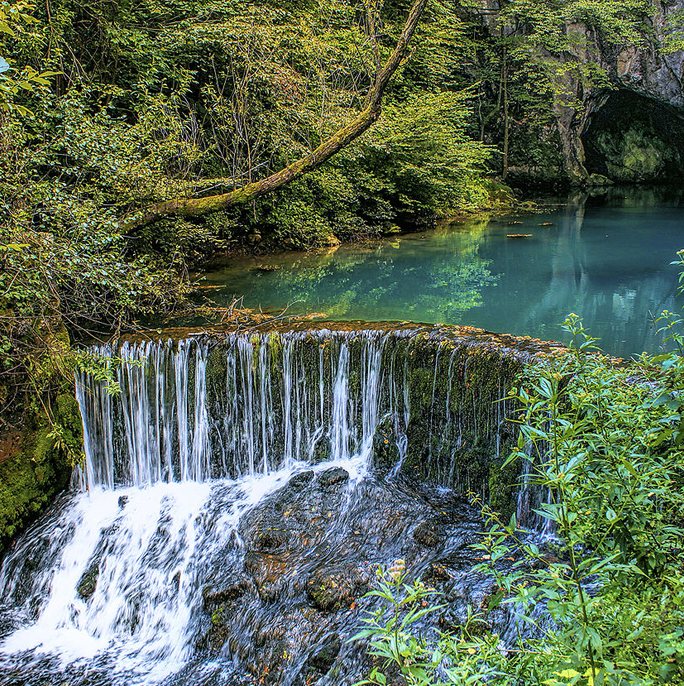
For nature lovers who want an otherworldly attraction to make them forget the hustle and bustle of everyday life, this is the ideal spot! Nestled at the foot of the Beljanica mountain in eastern Serbia, the Krupaj Springs feature crystal-clear turquoise water that flows from a cave into a tranquil pool.
Surrounded by lush forest and peaceful countryside, this place is not only peaceful but also insta-worthy so make sure to bring a camera. The area also includes a small waterfall and wooden bridges that add to its fairy-tale vibe. This spring is one hidden gem worth visiting for those seeking serenity and natural beauty.
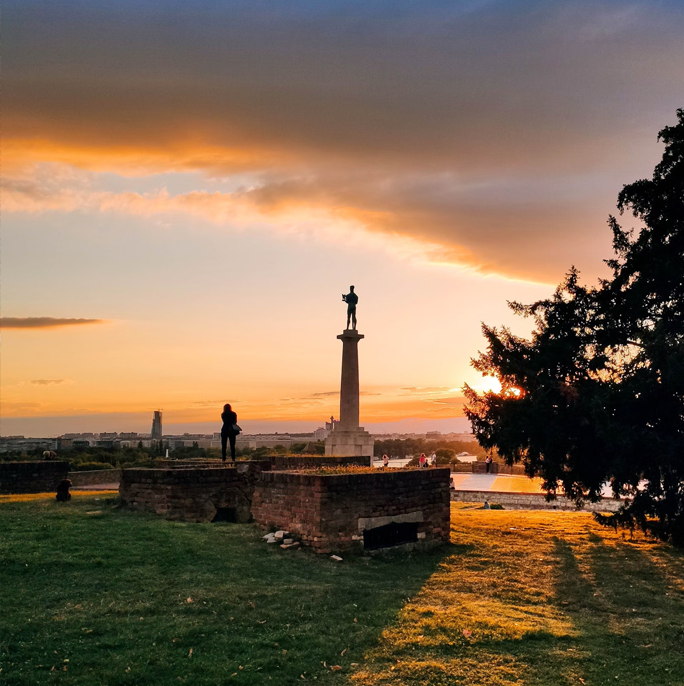
In Serbia, these fascinating fortresses reflect its long and complex history. The Kalemegdan Fortress in Belgrade is the most famous, offering panoramic views of the Danube and Sava rivers. Petrovaradin Fortress in Novi Sad is another must-see, especially during festivals.
Don't forget to explore the medieval fortress of Golubac, perched dramatically on the Danube’s edge and Maglič Fortress, in the mountains near Kraljevo. These fortresses not only served defensive purposes but also played vital roles in trade, culture, and warfare. Take a walk down memory lane as you stroll along their ancient walls and towers to uncover Serbia’s historical layers.
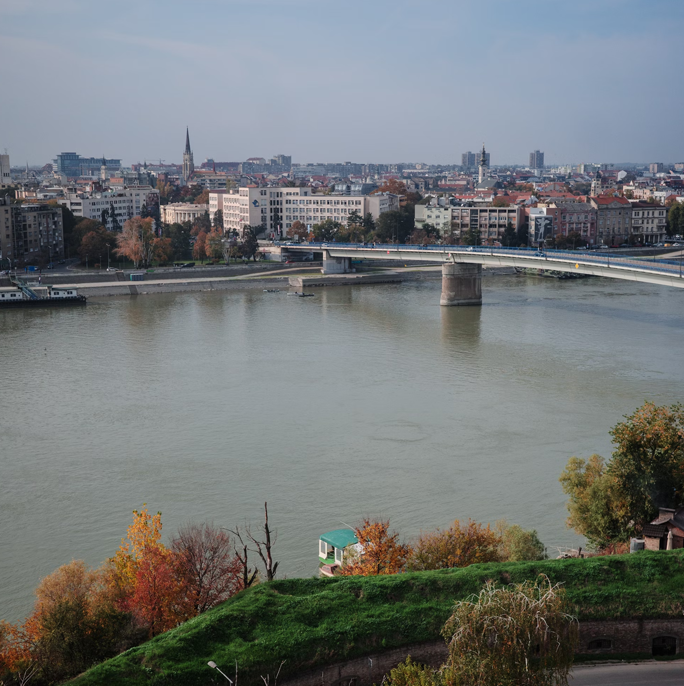
One of the best ways to experience Serbia’s natural and urban beauty is by taking a boat ride. In Belgrade, river cruises along the Danube and Sava offer fantastic views of the city’s skyline, historic bridges, and Kalemegdan Fortress. In the Đerdap Gorge (Iron Gates), boat tours reveal majestic cliffs and ancient Roman ruins carved into the rocks, such as the Trajan’s Tablet.
Lakes like Uvac and Palić also offer peaceful boat trips with stunning surroundings, including meandering river canyons and birdwatching opportunities. Whether it's city views or remote wilderness, Serbia’s waterways provide a scenic and relaxing perspective.
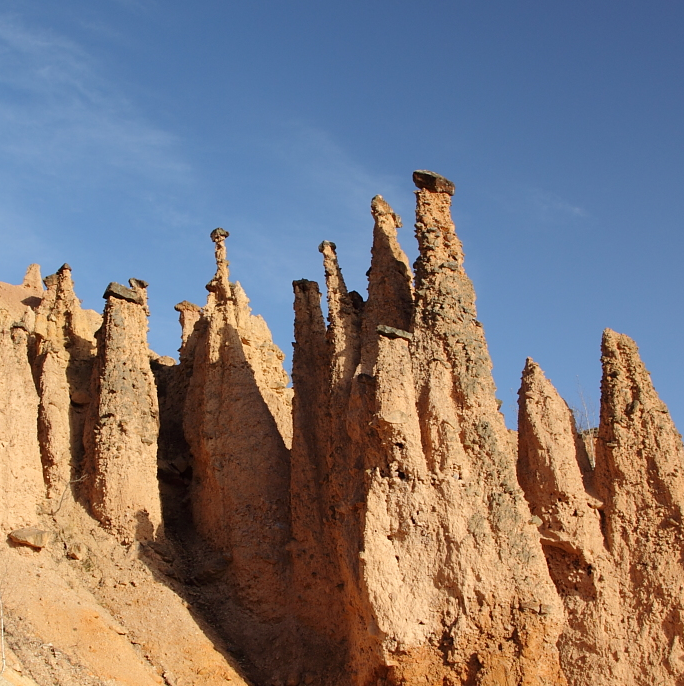
For those who want to take off-the-beaten-paths and explore bizarre yet beautiful landscapes, this is one must-see spot if you want insight into Serbia’s diverse and captivating natural scenery. Davolja Varoš, or “Devil’s Town,” is the country’s most unique and mysterious geological formation. In southern Serbia near Kuršumlija, this natural wonder features over 200 earth pyramids—tall, thin rock formations topped with stone caps.
Shaped by erosion over centuries, they resemble eerie stone figures, inspiring myths and legends. This is a UNESCO-listed site that also includes two springs with highly acidic and mineral-rich waters. Surrounded by rugged hills and forests, Davolja Varoš is an otherworldly place perfect for adventures.
Serbian cuisine is hearty, flavorful and nutritious that combines grilled meats, fresh bread, cheeses, and seasonal vegetables. Don’t miss ćevapi, sarma, and local pastries like burek. Drinks are also a must-try like Rakija which is a fruit brandy, usually homemade. Coffee culture is strong, and local wines and beers are also worth trying.
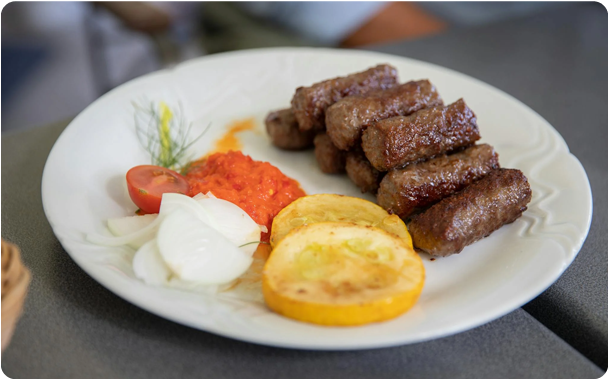
A trip to Serbia is not truly complete without trying their national dish. Ćevapčići, or ćevapi are small, grilled minced meat sausages made from a mix of beef, lamb, and pork, seasoned with garlic and spices. They’re traditionally served with fluffy flatbread (lepinja), raw onions, and a side of ajvar (a smoky red pepper relish). This dish is simple yet flavorful and is a staple of Serbian street food that can be found in restaurants, food stalls, and traditional kafanas.
Where to try: Mama Restaurant Belgrade
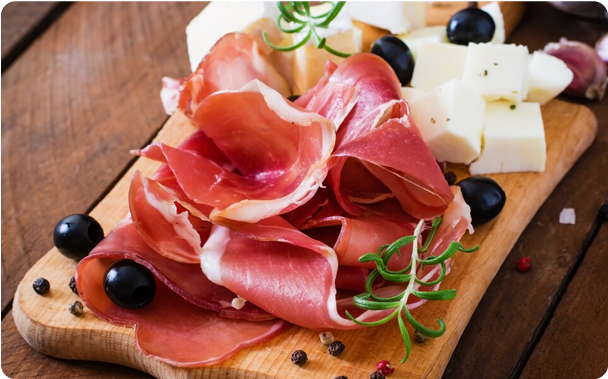
A traditional Serbian breakfast is hearty and satisfying, designed to fuel a long day. You will find this meal includes fresh bread, white cheese, cured meats like pršuta, and eggs prepared in various styles. Pita (filled pastries), kajmak, and ajvar are also common additions, offering a mix of creamy, savory, and spicy flavors.
Many locals also enjoy a shot of strong Turkish-style coffee with breakfast. Whether eaten at home or in a bakery, breakfast in Serbia is a leisurely affair that showcases the country’s love for rich flavors and comforting, homemade dishes.
Where to try: Iva New Balkan Cuisine, Belgrade
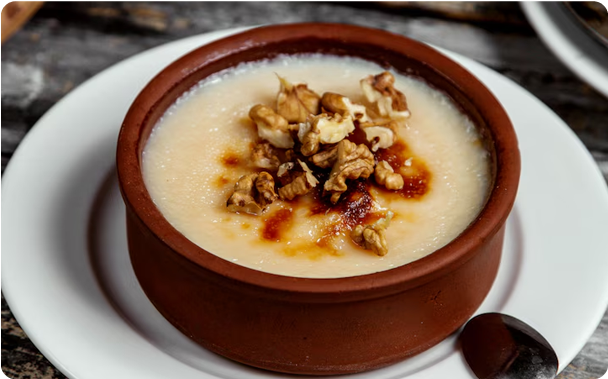
As a symbol of Serbian hospitality and rural tradition,Kajmak is a creamy, spreadable dairy delicacy. It is described as a cross between clotted cream and cheese and made from milk fat, collected and fermented, giving it a slightly tangy flavor.
Served fresh or aged, kajmak is a beloved side dish in Serbian cuisine that is often homemade and passed down through generations. It’s typically paired with grilled meats like ćevapčići or pljeskavica, slathered on warm bread, or served alongside traditional breakfast platters.
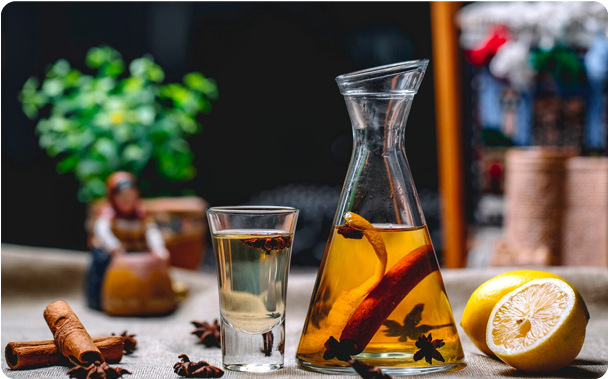
If you are in Serbia and love fruity alcoholic beverages, this is a must try drink. Rakija is an iconic fruit brandy and a cultural staple here that is usually made from plums (šljivovica), but also from grapes, apricots, or quince. It is a strong spirit often served at celebrations, family gatherings, or even as a welcoming gesture.
Rakija is traditionally homemade, with each household taking pride in their own recipe and distillation process. This drink is served small shot glasses and can be sipped slowly or taken as a toast. More than just a local beverage, it’s a symbol of Serbian warmth, tradition, and connection.
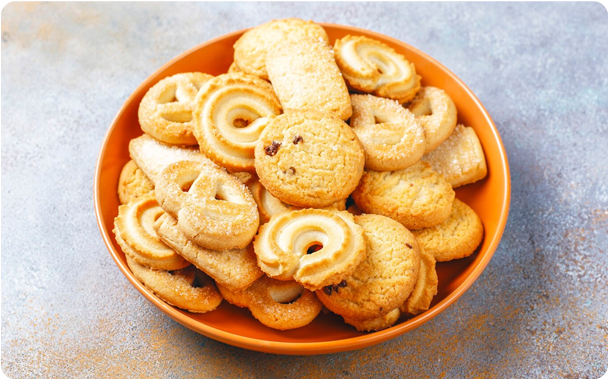
Rich in both history and flavor, Serbian desserts are a must-try when visiting. Salčići are delicate, crescent-shaped pastries made with rendered pork fat, resulting in a flaky texture that melts in your mouth. They're often dusted with powdered sugar and enjoyed during holidays.
Vasina torta (Vasa’s Cake) is a beloved layered dessert made with sponge cake, chocolate, walnuts, and a rich custard filling, topped with whipped meringue. This treat remains a staple at celebrations since its creation in the 20th century.
